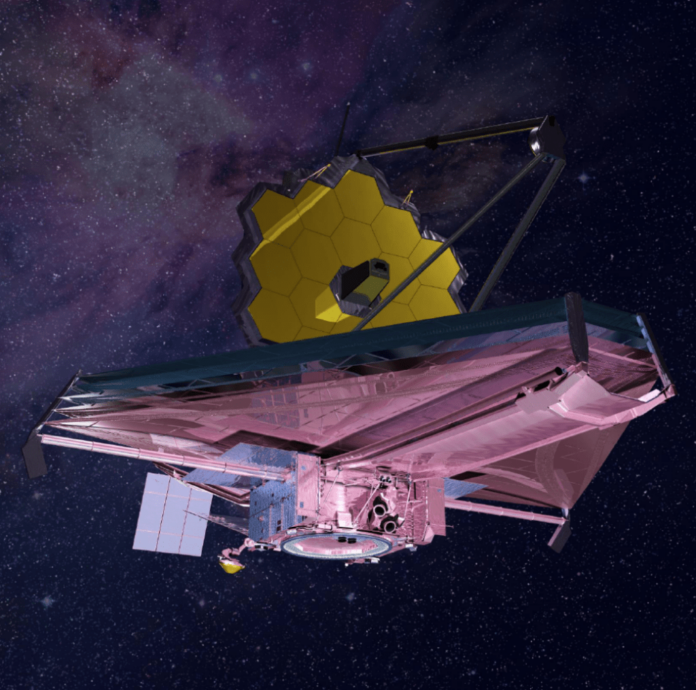“Unveiling the Secrets of the Cosmos: The James Webb Space Telescope’s Groundbreaking Quest”
Imagine gazing into the depths of space, witnessing the birth of stars and galaxies, and unraveling the mysteries of the universe. For centuries, humans have been fascinated by the cosmos, and our understanding of the universe has evolved significantly with each groundbreaking discovery. Now, thanks to the cutting-edge technology of the James Webb Space Telescope (JWST), we are on the cusp of a new era of space exploration. Launched in December 2021, the JWST has been making headlines with its unprecedented insights into the formation of our universe, from the earliest galaxies to the potential for life beyond Earth.
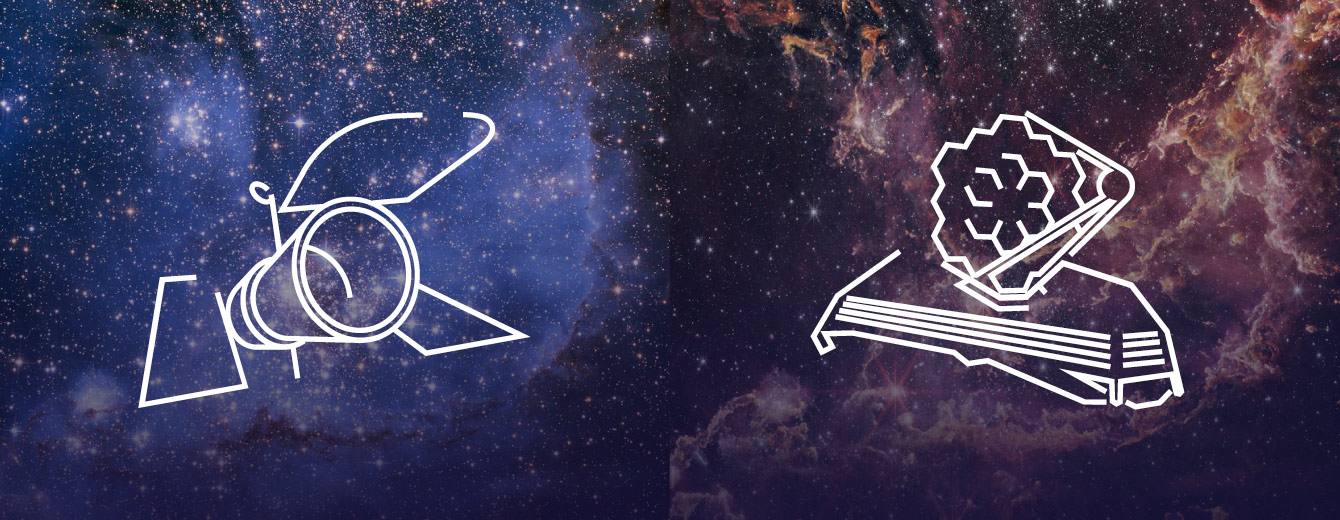
The James Webb Space Telescope: An Overview
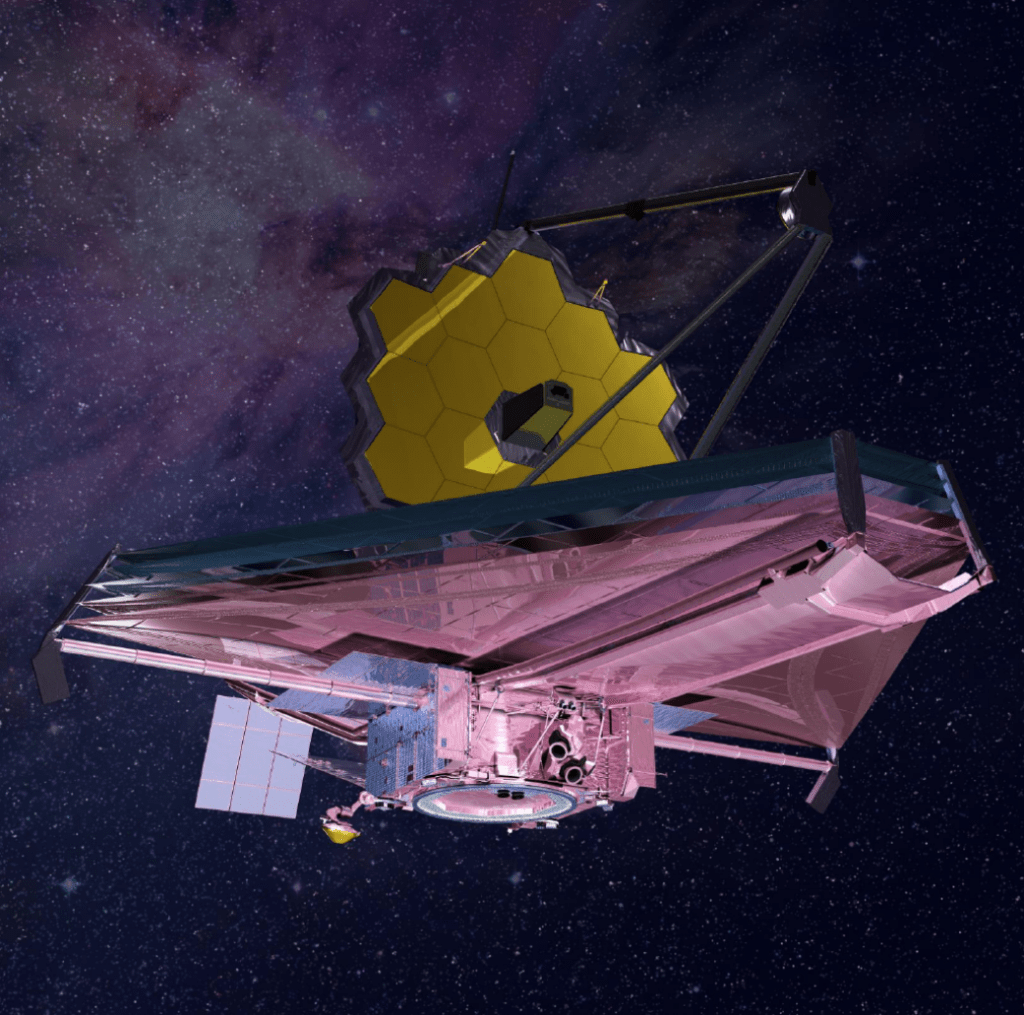
The James Webb Space Telescope (JWST) is the largest, most powerful, and most complex space telescope ever built. Launched in December 2021, JWST has revolutionized our understanding of the universe, making groundbreaking discoveries and observations that have shed new light on the cosmos. In this article, we will delve into the design and deployment of the JWST, its key features and capabilities, and the international collaboration that made this project possible.
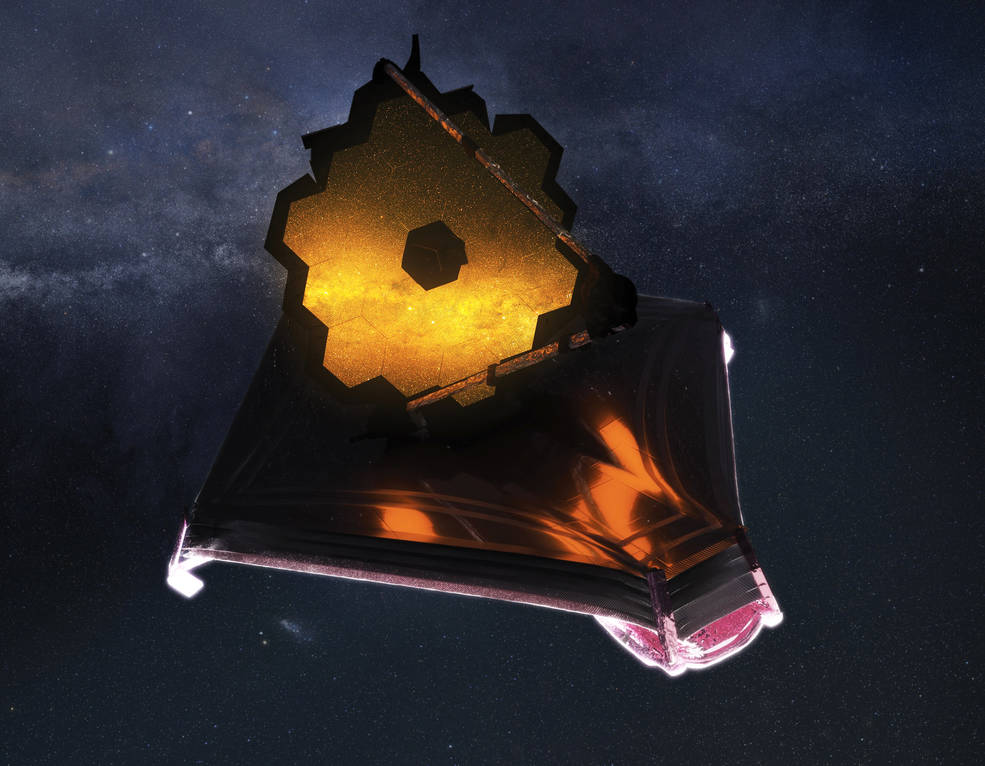
Design and Deployment
The JWST was designed to be a space-based observatory that would allow scientists to study the universe in unprecedented detail. The telescope’s design is centered around a 6.5-meter (21.3-foot) primary mirror, which is made up of 18 hexagonal segments that are made of beryllium. The mirror is surrounded by a sunshield that keeps the telescope cool, allowing it to observe the universe in infrared light.

The JWST was launched on an Ariane 5 rocket from the Guiana Space Centre in French Guiana. After launch, the telescope underwent a complex deployment sequence, which included the unfolding of the sunshield and the primary mirror. This deployment sequence was a critical phase of the mission, as it required the telescope’s components to be precisely aligned and positioned in order to function correctly.
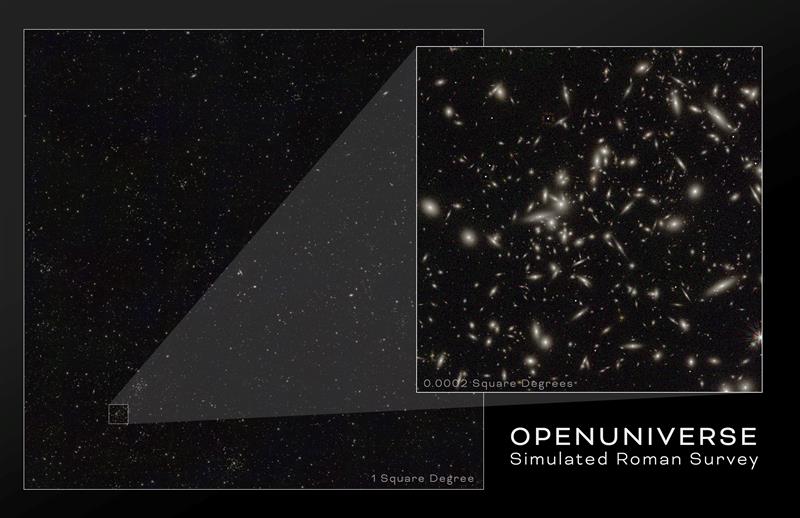
Key Features and Capabilities
The JWST has several key features and capabilities that make it an unparalleled observatory. One of its most significant features is its ability to observe the universe in infrared light, which allows it to study objects that are too cool or distant to be detected by other telescopes. The JWST’s infrared capabilities are made possible by its advanced detectors, which are capable of detecting extremely faint signals.

The JWST also has a highly advanced sunshield, which keeps the telescope cool by blocking the sun’s heat and light. This sunshield is made up of five layers of a material called Kapton, which is designed to reflect sunlight and keep the telescope cool. The sunshield is so effective that it allows the JWST to operate at temperatures as low as -240°C (-400°F), which is necessary for the telescope’s infrared detectors to function correctly.
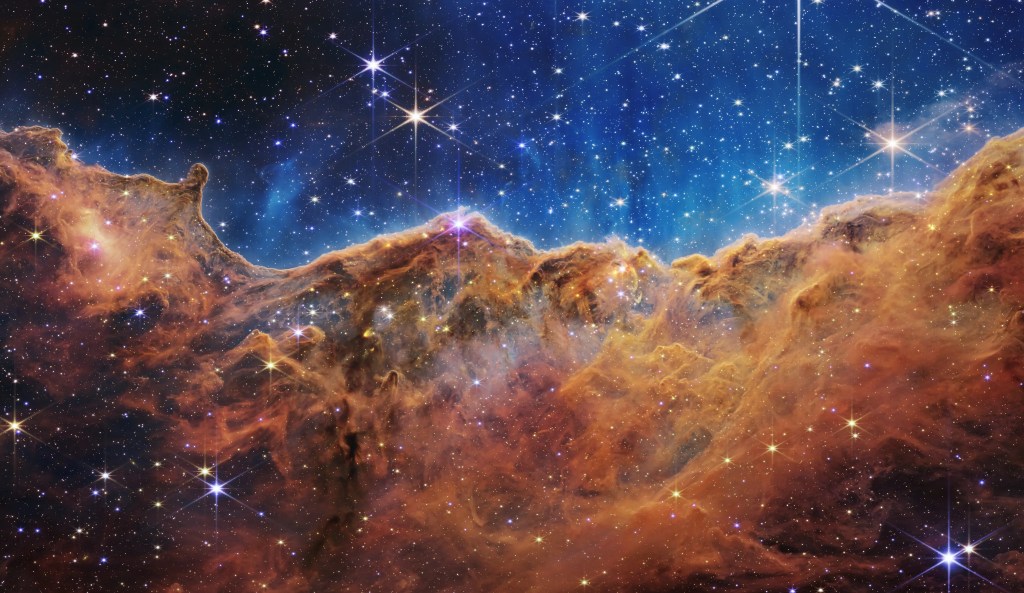
International Collaboration
The JWST is an international project that was led by NASA, with significant contributions from the European Space Agency (ESA) and the Canadian Space Agency (CSA). The project involved a team of scientists and engineers from around the world, who worked together to design and build the telescope.
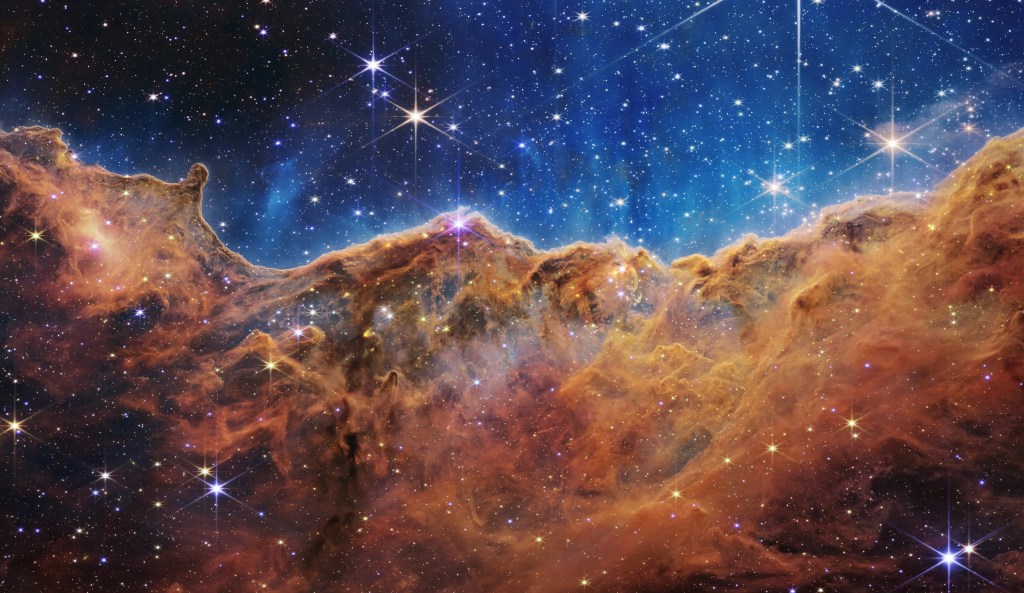
The JWST’s international collaboration was critical to its success. The project required the coordination of multiple agencies and organizations, as well as the development of new technologies and techniques. The collaboration also allowed the project to benefit from the expertise and resources of multiple countries, which helped to ensure that the JWST was a success.

Groundbreaking Discoveries and Observations
The JWST has made several groundbreaking discoveries and observations since its launch. One of its most significant discoveries was the detection of the earliest galaxies in the universe. Using its advanced infrared detectors, the JWST was able to detect galaxies that are over 13 billion years old, which is a significant achievement given that the universe is only 13.8 billion years old.
The JWST has also made significant discoveries about the atmospheres of planets outside our solar system. Using its advanced spectrographic instruments, the JWST has been able to study the atmospheres of exoplanets in unprecedented detail, which has provided new insights into the formation and evolution of planetary systems.
In addition to its discoveries about distant galaxies and exoplanet atmospheres, the JWST has also made significant observations about our own solar system. Using its advanced infrared detectors, the JWST has been able to study the atmospheres of planets in our solar system, including Mars and Jupiter, which has provided new insights into the formation and evolution of our solar system.
Exploring the Distant Universe
The JWST’s discovery of the earliest galaxies in the universe has provided new insights into the formation and evolution of the cosmos. Using its advanced infrared detectors, the JWST was able to detect galaxies that are over 13 billion years old, which is a significant achievement given that the universe is only 13.8 billion years old.
The JWST’s observations of distant galaxies have also provided new insights into the formation and evolution of stars and galaxies. By studying the light from distant galaxies, scientists have been able to learn more about the conditions under which stars and galaxies form, which has provided new insights into the history of the universe.
Characterizing Exoplanet Atmospheres
The JWST’s observations of exoplanet atmospheres have provided new insights into the formation and evolution of planetary systems. Using its advanced spectrographic instruments, the JWST has been able to study the atmospheres of exoplanets in unprecedented detail, which has provided new insights into the composition and properties of exoplanet atmospheres.
The JWST’s observations of exoplanet atmospheres have also provided new insights into the potential for life on other planets. By studying the composition and properties of exoplanet atmospheres, scientists have been able to learn more about the conditions under which life can exist, which has provided new insights into the search for life beyond Earth.
New Views of Our Solar System
The JWST’s observations of our solar system have provided new insights into the formation and evolution of our cosmic neighborhood. Using its advanced infrared detectors, the JWST has been able to study the atmospheres of planets in our solar system, including Mars and Jupiter, which has provided new insights into the formation and evolution of our solar system.
The JWST’s observations of our solar system have also provided new insights into the potential for life on other planets. By studying the composition and properties of planetary atmospheres, scientists have been able to learn more about the conditions under which life can exist, which has provided new insights into the search for life beyond Earth.
The Science and Technology Behind the James Webb Space Telescope
The JWST is a highly advanced observatory that uses cutting-edge science and technology to study the universe. One of its most significant technological advancements is its ability to observe the universe in infrared light, which allows it to study objects that are too cool or distant to be detected by other telescopes.
The JWST’s infrared capabilities are made possible by its advanced detectors, which are capable of detecting extremely faint signals. The JWST’s detectors are made up of a material called mercury cadmium telluride (MCT), which is designed to detect infrared radiation.
Thermal Light Echoes and 3D Scans
The JWST has used its advanced detectors to study thermal light echoes, which are faint signals that are produced when infrared radiation is reflected off interstellar dust and gas. By studying thermal light echoes, scientists have been able to learn more about the composition and properties of interstellar material, which has provided new insights into the formation and evolution of stars and galaxies.
The JWST has also used its advanced detectors to create 3D scans of interstellar material. By studying the light echoes from interstellar dust and gas, scientists have been able to create detailed 3D maps of the material, which has provided new insights into the structure and evolution of the universe.
Galactic “Fossils” and the Evolution of Galaxies
The JWST has used its advanced detectors to study galactic “fossils,” which are ancient galaxies that are preserved in the universe. By studying galactic “fossils,” scientists have been able to learn more about the formation and evolution of galaxies, which has provided new insights into the history of the universe.
The JWST’s observations of galactic “fossils” have also provided new insights into the evolution of galaxies. By studying the light from ancient galaxies, scientists have been able to learn more about the conditions under which stars and galaxies form, which has provided new insights into the history of the universe.
Webb’s Infrared Eyes
The JWST’s infrared detectors are its most significant technological advancement. The JWST’s detectors are capable of detecting extremely faint signals, which allows the telescope to study objects that are too cool or distant to be detected by other telescopes.
The JWST’s infrared detectors are made up of a material called mercury cadmium telluride (MCT), which is designed to detect infrared radiation. The JWST’s detectors are also equipped with advanced cooling systems, which allow the telescope to operate at extremely low temperatures.
Celebrating the First Year of Science and Discoveries
The JWST has made several groundbreaking discoveries and observations since its launch, and it continues to be a vital tool for scientists studying the universe. To celebrate the JWST’s first year of science and discoveries, NASA has planned several events and activities that will highlight the telescope’s accomplishments and look forward to its future discoveries.
Anniversary Events and Activities
NASA has planned several events and activities to celebrate the JWST’s first year of science and discoveries. These events will include live interviews with JWST experts, as well as the release of new JWST images and data.
The JWST’s anniversary events will also include several community events, which will be held at locations around the country. These events will provide the public with an opportunity to learn more about the JWST and its discoveries, as well as to meet with JWST experts and ask questions.
Public Engagement and Outreach
The JWST has been an important tool for public engagement and outreach, and it continues to inspire the public and promote STEM education. The JWST’s images and data have been widely shared and used in educational settings, and the telescope’s discoveries have been widely reported in the media.
The JWST’s public engagement and outreach efforts have also included several educational programs and activities, which have been designed to promote STEM education and inspire the next generation of scientists and engineers.
Looking to the Future
The JWST continues to be a vital tool for scientists studying the universe, and it is expected to make several more groundbreaking discoveries in the coming years. The JWST’s future discoveries will be driven by its advanced detectors and its ability to
Conclusion
As we conclude our exploration of the James Webb Space Telescope, it is evident that this revolutionary instrument has ushered in a new era of astronomical discovery. The article has delved into the telescope’s cutting-edge technology, its unprecedented capabilities, and the vast array of scientific inquiries it enables. From unraveling the mysteries of the early universe to studying the formation of stars and planets, the James Webb Space Telescope has opened doors to uncharted territories of human knowledge. The telescope’s advanced spectrographic and imaging capabilities have allowed scientists to peer into the distant past, gathering crucial insights into the evolution of our cosmos.
The significance of the James Webb Space Telescope extends far beyond the realm of scientific inquiry, as its discoveries have profound implications for our understanding of the universe and our place within it. The telescope’s findings have the potential to reshape our comprehension of the fundamental laws of physics, the formation of galaxies, and the emergence of life itself. As we look to the future, it is clear that the James Webb Space Telescope will continue to play a pivotal role in advancing our understanding of the cosmos, driving innovation, and inspiring new generations of scientists, engineers, and explorers. The telescope’s legacy will be felt for decades to come, as it paves the way for even more ambitious endeavors, such as the search for life beyond our planet and the exploration of the distant reaches of our universe.

